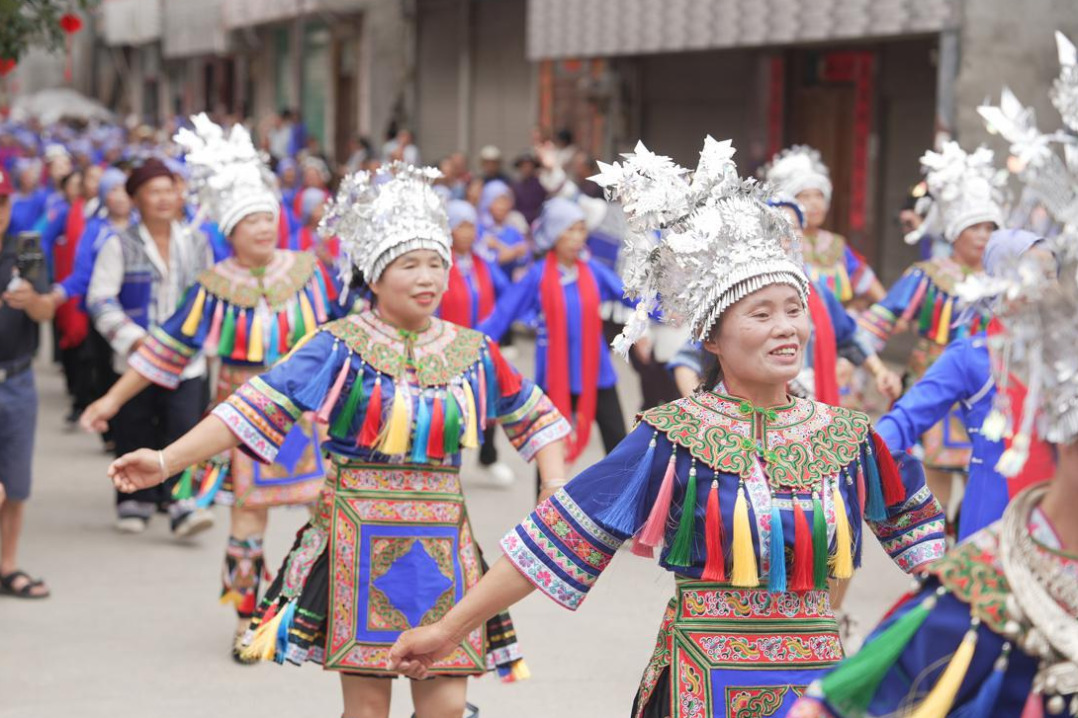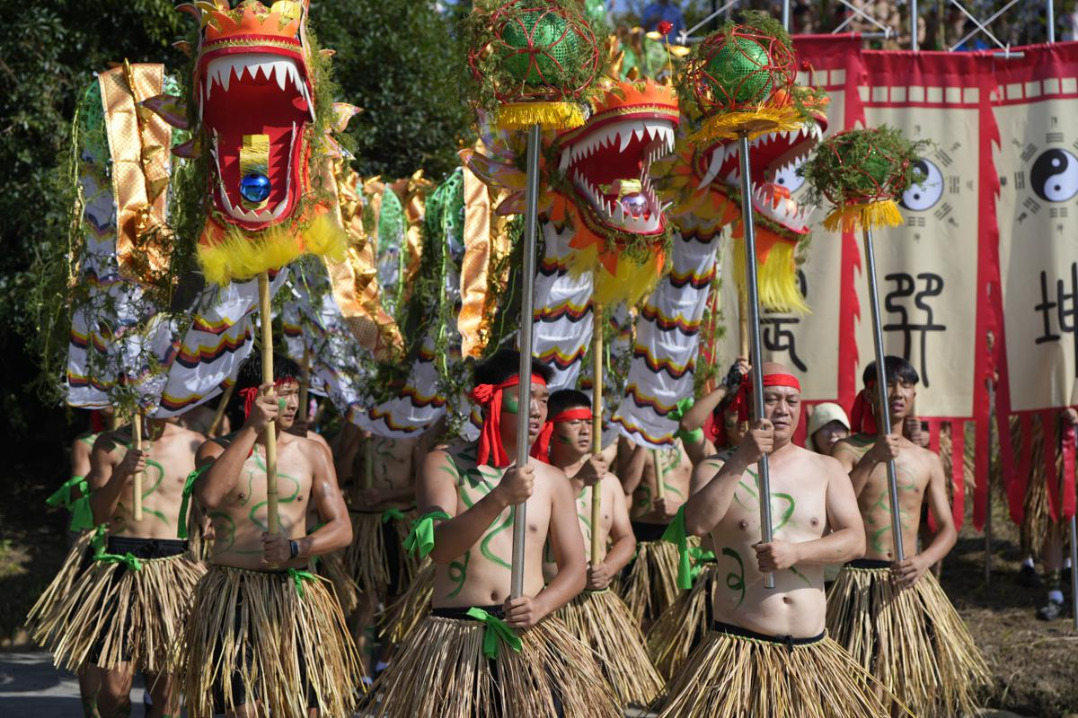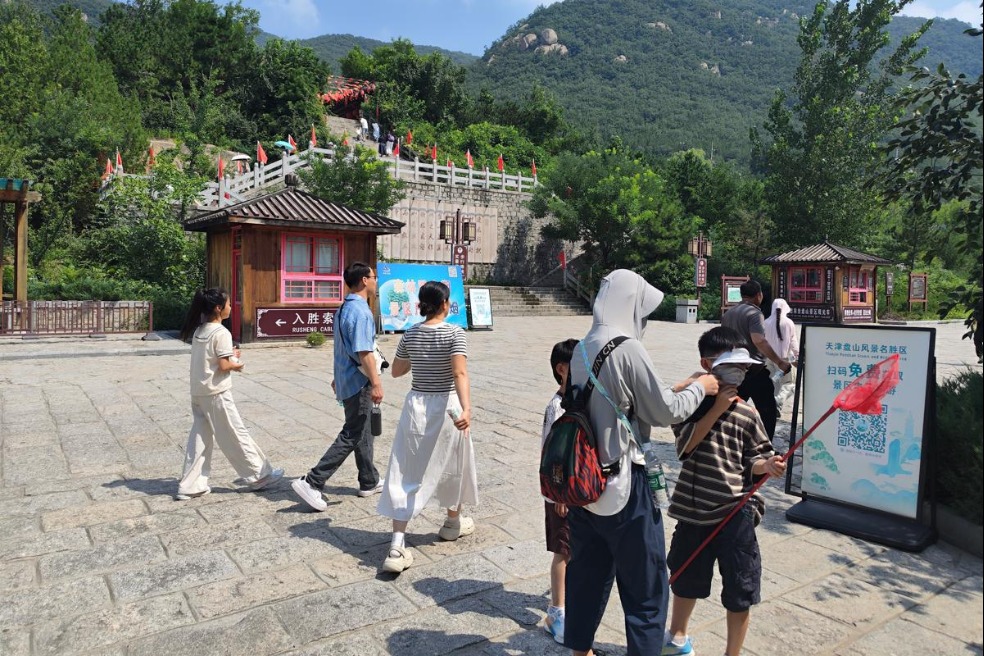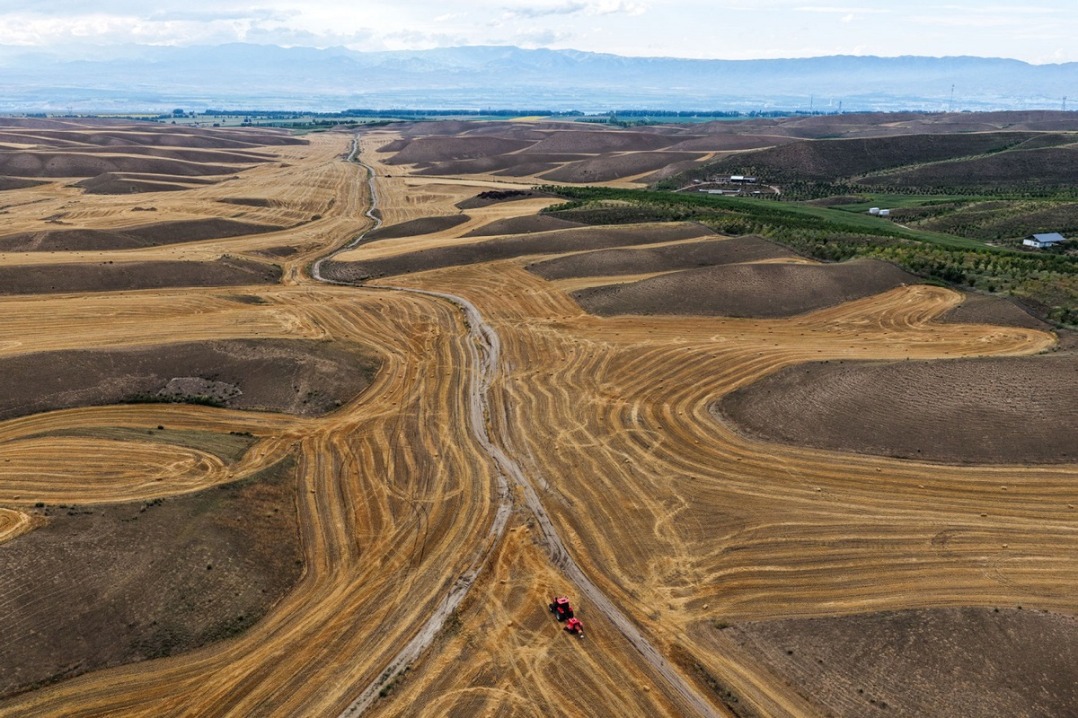Prehistoric cliff painting found in Inner Mongolia

HOHHOT -- Archeologists in North China's Inner Mongolia autonomous region recently found cave painting of human hand prints that they estimate to date back to the Paleolithic Era.
It has been proposed that the painting, in Alxa Right Banner, were part of a primitive religious ritual. The new discovery will be used to inform research into the ancient people who once lived in the region, local cultural relic bureau director Fan Rongnan said Wednesday.
The painting was composed of 14 hand prints of a brownish red hue, the coloring made from a combination of germanium powder, animal blood and water. The paint was dispensed into bone-blow pipes and applied to the cave walls in this manner, according to Fan.
So far more than 30,000 collections of cliff paintings have been found in Alxa Right Banner, offering precious material for Chinese archeological and anthropological research.
Hand-print cliff paintings have been discovered in Xinjiang Uygur autonomous region, Ningxia Hui autonomous region, Yunnan province and Inner Mongolia autonomous region.
- Heavy rainstorm leaves three dead, four missing in Hebei resort
- Ethnic integration on the grassland
- China renews alerts for rainstorms, high temperature
- Beijing restores power, communications, water-supply to flood-hit villages
- Helicopter sightseeing project takes off over Wuliangsu Lake
- Court calls for judicial aid to inspire innovation





































